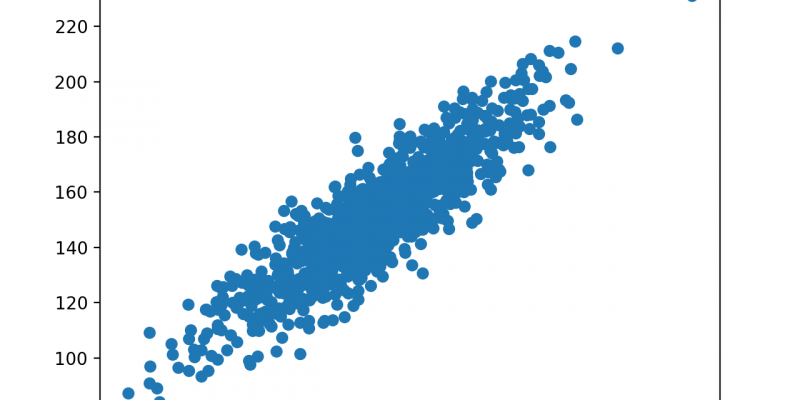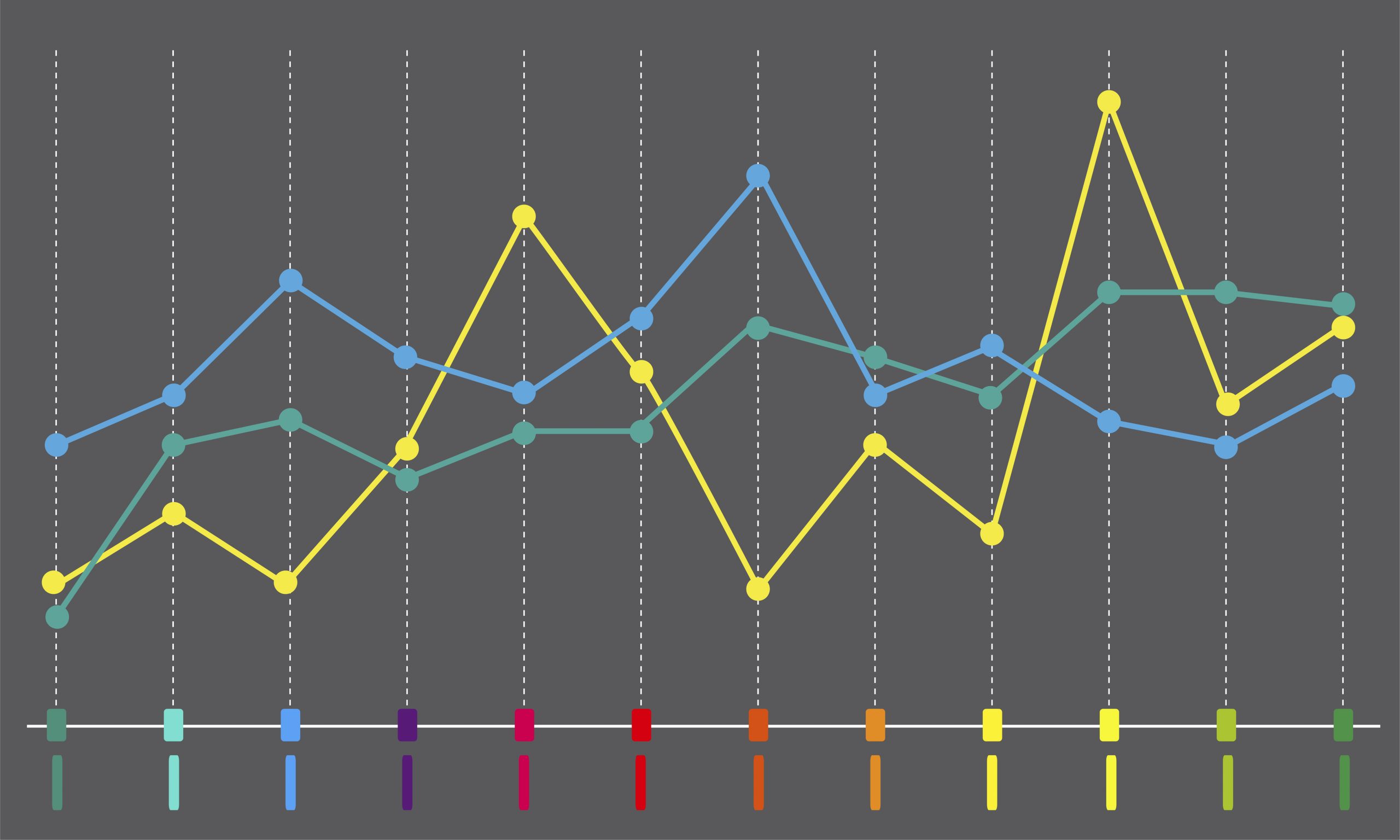
Bond Valuation (Calculations for CFA® and FRM® Exams)
Bond valuation is an application of discounted cash flow analysis. The general approach to bond valuation is to utilize a series of spot rates to reflect the timing of future cash flows. Value, Price, and TVM Value can be described as…

Covariance and Correlation (Calculations for CFA® and FRM® Exams)
Covariance The covariance is a measure of the degree of co-movement between two random variables. For instance, we could be interested in the degree of co-movement between the rate of interest and the rate of inflation. X = interest rate…

How LinkedIn Can Help a CFA® Program Student for Career Growth
Introduction Studying to become a Certified Financial Analyst isn’t that proverbial cakewalk by any standards. It needs years of extra effort at learning various accounting processes, laws and regulations, complex calculations, and lots more. However, all the efforts and resources…

Sharpe Ratio, Treynor Ratio and Jensen’s Alpha (Calculations for CFA® and FRM® Exams)
Portfolio Performance Measures Portfolio management involves a trade-off between risk and return. Most amateur investors mistakenly focus only on the return aspect and lose sight of the risk taken to achieve the return. The portfolio performance measures are intended as…
Spot Rate vs. Forward Rates (Calculations for CFA® and FRM® Exams)
Spot Rates A spot interest rate gives you the price of a financial contract on the spot date. The spot date is the day when the funds involved in a business transaction are transferred between the parties involved. It could…
Level I CFA® Exam: 7 Best Tips to Help You Pass
Level I of the CFA exam is the first step towards receiving your CFA designation. In the level I exam, you’ll be tested in 10 topic areas. The combination of a variety of topics, along with exam anxiety, is the…

Corporate Finance – Level I CFA® Program Essential Review Summary offered by AnaystPrep
Reading 31 – Introduction to Corporate Governance and ESG Considerations Corporate Governance is the managerial system by which a company is controlled. There are two primary theories that drive corporate governance structures, though they have been converging more closely together…

The Complete CFA® Designation Salary Analysis
In the following article, I’m going to dig into data available on Payscale.com to analyze the effect a CFA designation has on the median analyst’s salary. While I don’t use any data based on fewer than 100 respondents, the limited sample…

How to Study and Pass the CFA® Exam on your First Attempt
CFA exams are written twice annually in June and in December. It is, however, disheartening to know that the failure rate recorded in this exam is very high. According to results released, the failure rate at the June 2015 Level…

What is a Question Bank and How Should CFA® Program Candidates Use It?
A question bank is a collection of exam-style questions used by thousands of students to adequately prepare for the exam. They are designed to reflect the current CFA exam curriculum, exam standards and by extension, the examiners’ approach. The questions…








